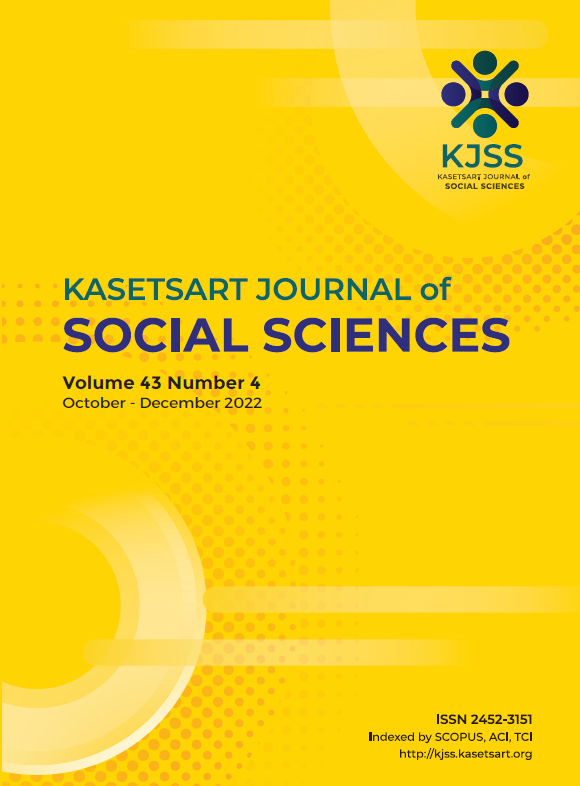Actor-network theory approach for urban green spaces planning: Study in Jakarta Capital City, Indonesia
Keywords:
Actor-network theory, ANT, Jakarta, planning, urban green spaceAbstract
Urban Green Space (UGS) is an element of sustainability for urban areas. Rapid urbanization and population growth in Jakarta have led to UGS decline. Considering the many functions of UGS for urban sustainability explored in prior research, it is important to have a more in-depth analysis of stakeholder interaction to improve UGS planning and management. This study investigated the pattern of stakeholder interaction to draw institutional frameworks in formulating the UGS Master-Plan (UGS MP) in the DKI Jakarta Provincial Government (DJPG). This study conducted in-depth interviews with 24 informants from the DJPG, developers, academics, NGOs, and professionals. Actor-Network Theory (ANT) with UCINET network analysis software was utilized to map interactions networks between actors. Based on ANT’s analysis, the key actors are the Governor, Forestry Agency (FA), and Spatial Planning Agency (SPA) of the DJPG. The ‘betweenness’ centrality in this network is 26.75 percent, indicating the weak centrality as a facilitator on the network. The facilitators must increase the role of their connections with other actors outside the local government so that the formulation of the UGS MP can be carried out properly. The results of this study can be used as input and recommendations to the Central Government and Local Governments in the formulation of the Master-Plan with the ANT approach.
Downloads
Published
How to Cite
Issue
Section
License

This work is licensed under a Creative Commons Attribution-NonCommercial-NoDerivatives 4.0 International License.
This is an open access article under the CC BY-NC-ND license http://creativecommons.org/licenses/by-nc-nd/4.0/










